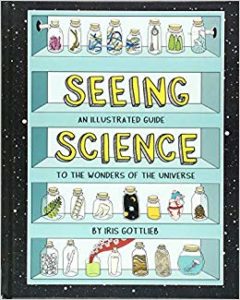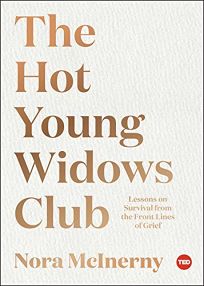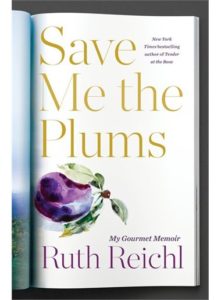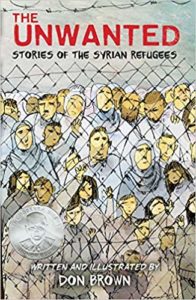Gardening At Any Age

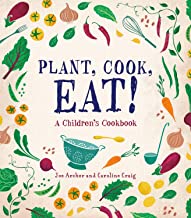
The Lifelong Gardener: Garden With Ease & Joy At Any Age by Toni Gattone
Plant, Cook, Eat!: A Children’s Cookbook by Joe Archer and Caroline Craig
Summer is upon us! Flowers are blooming, and so is this new crop of illustrated gardening books. It’s a great time for all ages to get outside and dig in the dirt!
Plant, Cook, Eat!: A Children’s Cookbook by Joe Archer and Caroline Craig encourages kids to explore edible crops in the garden and in the kitchen. The first half of the book walks readers through basic gardening concepts–plant parts, seed germination, soil preparation and amendment, starting plants, maintenance, and pest control–in clear, concise text with just enough information to engage without overwhelming. Brief sections, “Healthy Eating” and “Get Ready to Cook” bridge the gap between vegetable patch and plate by introducing food groups, cooking equipment, and kitchen safety and sanitation. The book’s second half pairs growing instructions with recipes for a variety of vegetables from beans to zucchini. Each featured crop gets a lively four-page spread to document the garden-to-table journey. Recipes range from entrees to sides to snacks to dessert and include a variety of techniques from stir frying to baking. Two recipes I can’t wait to try are the Chocolate Beet Cake and the Tomato, Feta, and Basil Pizza.
Inside and out, Plant, Cook, Eat! is a feast for the eyes, a riot of color that enhances the content. Pages are layered in color–a muted background, color photographs bordered by a contrasting shade, cheerful cut-paper veggies and kitchen utensils peppered among text and photos. The book provides a fun opportunity for families to make memories together and sneak in some life skills building at the same time. The kitchen tasks and some of the garden activities require adult supervision and are a better fit for middle-upper elementary students than for the younger set. A glossary and list of vegetable varieties round out the resources.
The beauty of gardening is that, like cooking (and reading), it’s a lifelong pursuit adaptable to a variety of circumstances. In her book The Lifelong Gardener: Garden With Ease & Joy At Any Age, Toni Gattone offers strategies to keep gardening despite physical challenges. A certified Master Gardener with “a persistent bad back”, she writes knowledgeably from experience. Adaptive gardening provides approaches to greater safety and comfort for gardeners of all ages who may have a limited range of motion, use mobility aids, want to reduce stress on their joints, experience decreased strength, etc. The goal is “to identify what works for them in their garden according to their personal physical realities”.
Preferring to “focus on proactive solutions”, Gattone provides a variety of tips and techniques so that readers can choose what works best for their situations. In “You and Your Body”, she encourages self-examination (what chores or movements are easier or harder) then moves to acceptance of change (know your limits, expect ease) and resilience (change the way you operate, don’t be afraid to ask for help). She proposes modifications for challenges with balance, stamina, mobility, pain, strength, reaction time, eyesight, memory, and temperature sensitivity. Easy stretches and lifting techniques complete the section.
The remainder of the book focuses on specifics for adapting the garden space itself and the tools to work it. The goal is “a garden of ease” that provides comfort and safety without sacrificing enjoyment. Gattone’s suggestions are as wide ranging as gardens themselves: incorporate ADA standards for wheelchair access, consider downsizing the garden, add seating (or more seating), use contrasting colors for hardscapes and railings, try raised beds or square foot gardens or vertical gardens, remove gravel and wide gaps in paths, use drip irrigation instead of lugging heavy hoses, add a bike grip to tool handles, use long-reach handles on tools. “Toni’s Tips” and “Brand Loyalty” feature ideas and tools directly from the author’s experience.
Like Plant, Cook, Eat!, The Lifelong Gardener bursts with color–a multitude of color photographs (many Instagram-worthy) plus muted borders and information boxes. This book invites you in, effectively illustrates its message, and exudes congeniality while addressing a difficult topic. A helpful resources list and a form for an “Adaptive Gardening Action Plan” add to the package.
Gardens and books have something to offer all ages. I hope you have an opportunity to enjoy both this summer!

 t
t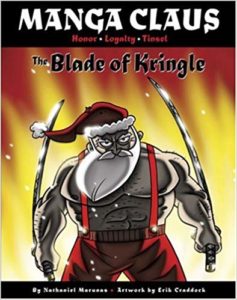 hings I like best about the holiday season are the stolen moments of quiet amidst the hustle and bustle–lovely, little gifts of reading or listening time when least expected, so I try to have a book of some sort at hand. Since Thanksgiving weekend, I’ve already managed to squeeze in some titles that were on my hold list. Here are two quick (and vastly different) reads I’ve recently enjoyed and am excited to share with you.
hings I like best about the holiday season are the stolen moments of quiet amidst the hustle and bustle–lovely, little gifts of reading or listening time when least expected, so I try to have a book of some sort at hand. Since Thanksgiving weekend, I’ve already managed to squeeze in some titles that were on my hold list. Here are two quick (and vastly different) reads I’ve recently enjoyed and am excited to share with you.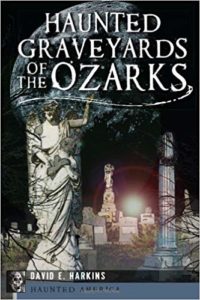
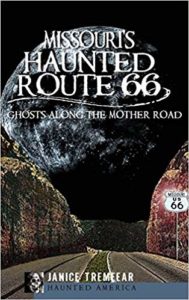
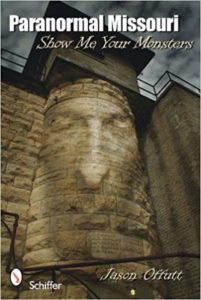 Haunted Graveyards of the Ozarks by David E. Harkins
Haunted Graveyards of the Ozarks by David E. Harkins
